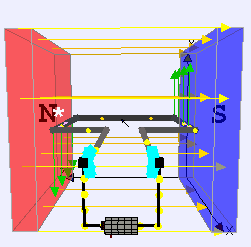MULTIPLE
CHOICE QUESTIONS
CBSE TERM 1 PRACTICE QUESTIONS
CLASS X
TERM 1
Chapter :
Light – Reflection and Refraction
(To download the MCQ pdf - click the link MCQ - Light: reflection and refraction)
To check your score in MCQs, attempt the online test - Online Test -Light reflection and refraction














